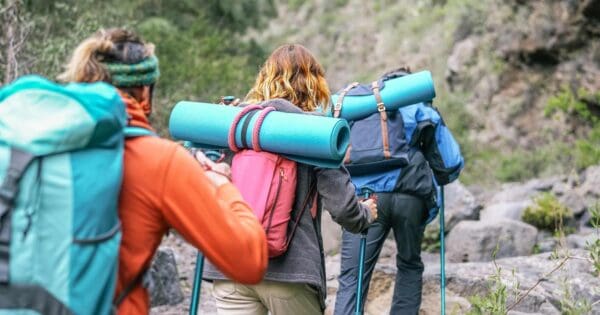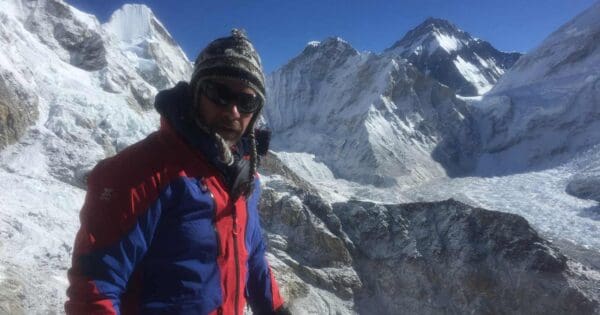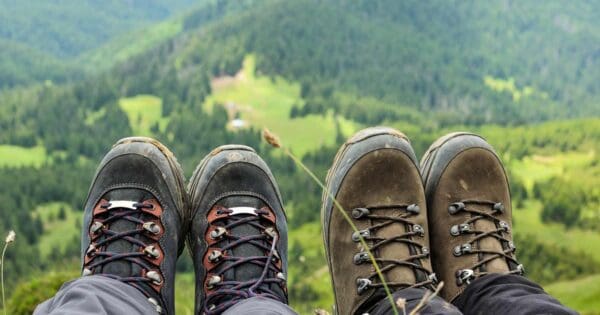A well packed backpack can be the difference between pleasure and pain when you’re out in the wilderness. It is well worth spending the time at home learning how to load your pack with the gear you expect to use on different trips just to see how it fits and how the comfort level of your pack changes when your packing is configured differently.
Generally, it is best to find a way to get everything inside of your pack to best protect your gear from damage and water. If you’re going to carry it around, you should make sure it will work at the best of its ability when you need it.
Some helpful tips when loading your pack:
1. Pack sleeping bag in its stuff sack at the bottom of the pack
- It’s the last item you will need each day
- Soft bulk of the bag wont dig into your body
- Provides firm platform on which to load your other equipment
- Functionality of sleeping bag is essential- should always be protected
- Don’t strap it to the outside of your pack where it’s not protected
2. Fold sleeping mat and load vertically against frame on inside of pack
- Helps prevent contents of pack from digging into back
- Alternatively, you can roll mat loosely around interior of pack- as if lining pack and place the rest of your items inside the roll
3. Pack heavy items towards frame of the pack
- Allows you to walk upright
- Stoves, fuel, food, and similar items placed here
- Try to keep weight central
4. Large/ Heavy gear (tent) should be arranged near to your back
- Should be at shoulder height or lower
- Don’t put too much stuff on top of tent
- Can be compressed by using compression bags to reduce the bulk
- Having tent easily accessible is convenient when you stop to set up camp
5. Utilise all available space
- Pack small items such as underwear or socks inside other items or fill the voids between bulky items
6. Gear which is needed frequently or quickly should be easy to access
- Lid pockets and back pockets are perfect for these items (snacks, gloves, cameras, map, compass, first aid kits, rainwear)
- Small items can be organised together to keep them in one easy to find place
- If items are fragile they can be placed into padded cases to keep the safe
- Pockets are the least waterproof areas of the pack- Use Osprey Ultralight Dry Sacks to protect your gear.
7. Try to avoid attaching equipment to the outside of your pack
- Very easy to damage or lose gear outside of your rucksack by snagging it on dense scrub
- If you’re travelling using a travel-pack, gear hanging off the outside of the pack is an easy target for thieves and can be damaged or lost during handling
8. Skis
- Best carried on pack by lashing them to the sides with compression straps or straps in plastic lash tabs
- Secure them tightly to the pack as they are prone to shift while walking
For more handy packing accessory ideas and for information on how to pack your load, watch this video:
Contributed by Paddy Pallin





